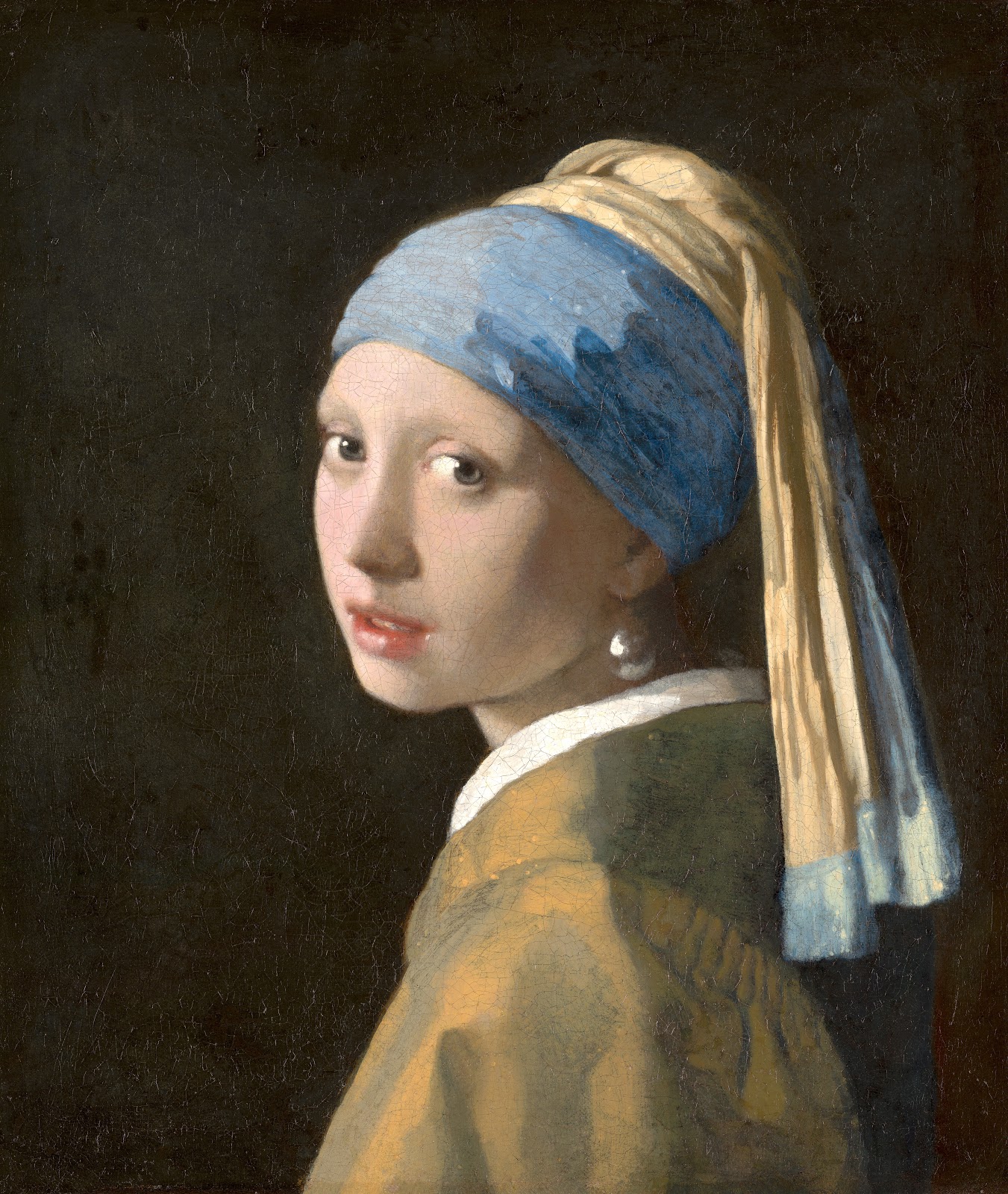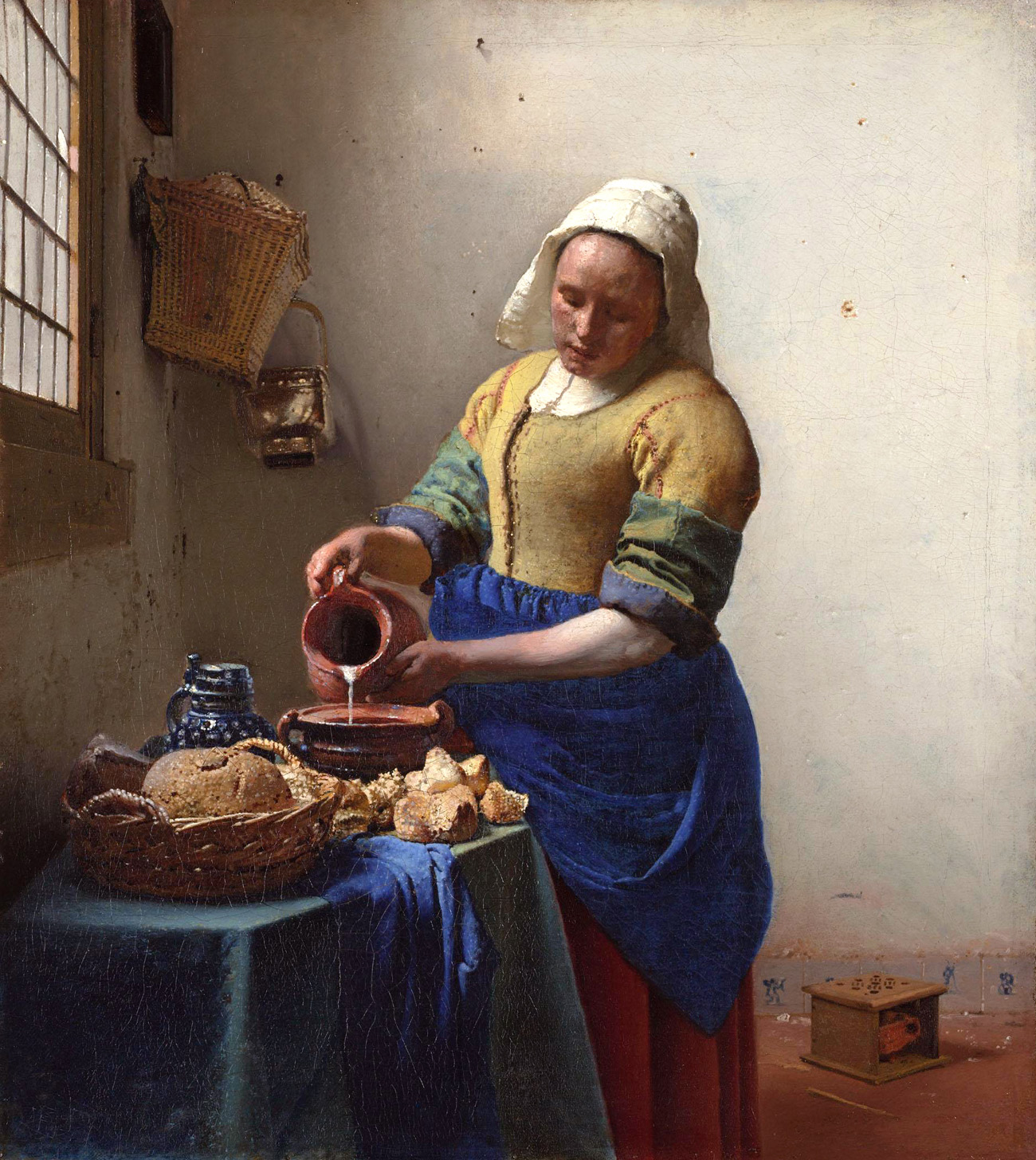Unveiling The Masterpieces Of Vermeer: A Journey Into The Life Of The Artist
Johannes Vermeer, a name synonymous with exquisite artistry and masterful technique, has captivated audiences for centuries. His ability to capture light and detail with a breathtaking realism has earned him a revered place in the pantheon of great artists. Although his life was relatively short and his output limited, the few works he produced continue to evoke admiration and intrigue, making him one of the most studied artists in the history of Western art. Vermeer’s paintings are characterized by their unique use of light, vibrant color palette, and intimate domestic settings. His work invites viewers into a world that feels both familiar and enchanting, a testament to his extraordinary talent and keen eye for composition.
Despite his profound influence on the art world, Vermeer remained largely unknown during his lifetime. It wasn't until the 19th century that his genius was fully recognized, leading to a resurgence of interest in his work. Today, his paintings are celebrated for their technical brilliance and emotional depth, providing a window into the 17th-century Dutch Golden Age. In this article, we will delve into the life, techniques, and lasting impact of the Vermeer artist, exploring the factors that have solidified his legacy.
As we embark on this exploration, we will answer essential questions about Vermeer’s biography, his artistic methods, and the reasons behind his enduring popularity. Join us as we unravel the mysteries surrounding the Vermeer artist and discover what makes his work so extraordinary.
What is the Biography of the Vermeer Artist?
Johannes Vermeer was born in Delft, Netherlands, in 1632 and lived during a period of great cultural and economic expansion known as the Dutch Golden Age. His life was marked by both personal and professional struggles, yet he managed to produce some of the most iconic artworks in history. Below is a brief overview of his biography:
| Detail | Information |
|---|---|
| Full Name | Johannes Vermeer |
| Date of Birth | October 31, 1632 |
| Place of Birth | Delft, Netherlands |
| Date of Death | December 15, 1675 |
| Artistic Movement | Baroque |
| Known For | Genre painting, use of light, and color |
| Notable Works | The Girl with a Pearl Earring, The Milkmaid, View of Delft |
How Did Vermeer Develop His Unique Artistic Techniques?
The Vermeer artist is renowned for his innovative techniques that set his work apart from his contemporaries. He employed a meticulous method that began with careful planning and composition. Vermeer utilized a camera obscura, an early optical device that allowed him to project an image onto a surface, helping him accurately capture perspectives and details. This technique contributed to the striking realism found in his paintings.
Moreover, Vermeer’s mastery of light is perhaps his most defining characteristic. He had an extraordinary ability to depict the play of light across surfaces, creating depth and dimension in his works. His use of color was equally innovative; he often employed a limited palette and layered glazes to achieve luminous effects. This combination of techniques allowed Vermeer to create scenes that felt alive and imbued with emotion, drawing viewers into intimate moments of everyday life.
What Themes Are Present in Vermeer’s Artwork?
In the realm of the Vermeer artist, themes of domesticity, femininity, and the passage of time are prevalent. His works frequently feature women engaged in everyday activities, such as pouring milk or reading letters, which serve to highlight the beauty in the mundane. Vermeer’s focus on domestic settings creates a sense of intimacy, inviting viewers to share in the quiet moments of his subjects’ lives.
Additionally, the interplay of light and shadow in his paintings often symbolizes deeper themes of knowledge and enlightenment. For instance, in “The Girl with a Pearl Earring,” the subject’s gaze, combined with the ethereal quality of the light, evokes a sense of mystery and intrigue. Vermeer’s ability to convey emotions through subtle details reinforces the connection between the viewer and the artwork.
Why is Vermeer Considered a Master of Light?
The title of “master of light” is often attributed to the Vermeer artist due to his unparalleled skill in manipulating light within his paintings. Vermeer had a unique ability to capture the nuances of light and its effects on different surfaces, creating an almost tangible quality in his work. His keen observation of natural light allowed him to portray its interaction with various materials—be it the reflective surface of a pearl or the soft texture of fabric.
Vermeer’s paintings often feature a single light source, typically a window, which illuminates the scene and creates a dramatic contrast between light and shadow. This technique enhances the three-dimensionality of his subjects and adds a sense of realism that was groundbreaking for his time. Through his masterful use of light, Vermeer transformed ordinary moments into extraordinary visual experiences.
What is the Legacy of the Vermeer Artist?
Despite his limited output, the legacy of the Vermeer artist is profound. His work has influenced countless artists and continues to be studied and admired across the globe. The resurgence of interest in Vermeer during the 19th century marked a turning point in the appreciation of his art, leading to a reevaluation of his contributions to the Baroque movement.
Today, Vermeer’s paintings are housed in prestigious museums and galleries, where they attract millions of visitors each year. His ability to evoke emotion and capture the essence of daily life resonates with audiences, ensuring that his work remains relevant and cherished. The Vermeer artist is not just a figure from the past; he is a timeless symbol of artistic excellence and innovation.
How Have Modern Artists Been Influenced by Vermeer?
The impact of the Vermeer artist on modern art cannot be overstated. Contemporary artists often cite Vermeer as a source of inspiration, particularly in their exploration of light, color, and composition. His approach to capturing the subtleties of everyday life has encouraged many to find beauty in the ordinary, a theme that resonates strongly in today’s artistic landscape.
Moreover, Vermeer’s meticulous attention to detail and dedication to craftsmanship serve as a benchmark for artists aiming to achieve a high level of technical proficiency. His legacy inspires a new generation of creators to push the boundaries of their craft while remaining true to the principles of observation and realism.
Conclusion: What Makes the Vermeer Artist a Timeless Icon?
In conclusion, the Vermeer artist stands as a timeless icon in the world of art. His unique techniques, profound themes, and ability to manipulate light have left an indelible mark on the art world. As we reflect on his life and work, it becomes clear that Vermeer’s contributions extend far beyond his paintings; he has become a symbol of artistic brilliance that continues to inspire and resonate with audiences today.
The enduring popularity of Vermeer’s art speaks to its universal appeal and the emotions it evokes. As we continue to explore and celebrate the legacy of the Vermeer artist, we can appreciate the richness of his work and the beauty of the world he so skillfully captured on canvas.
Exploring The Legacy Of Salk Scientists: Pioneers Of Medical Research
**The Legend Of Ozzy Osbourne: A Journey Through Music And Madness**
Exploring The Life And Legacy Of Allen Autry


